#moa bird
Text



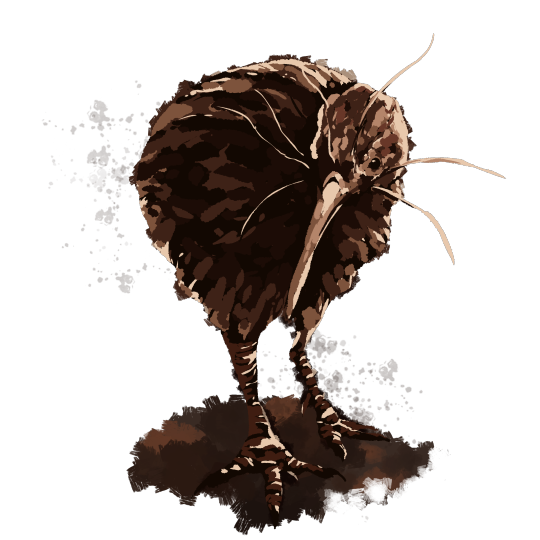
Aotearoas flightless. Part of a larger set of animal drawings im doing for a little project of mine.
#digital art#my art#artists on tumblr#digital artist#art#trans artist#illustration#aotearoa#animals#animal art#moa bird#kiwi#kakapo#little penguin#penguin#blue penguin
721 notes
·
View notes
Text

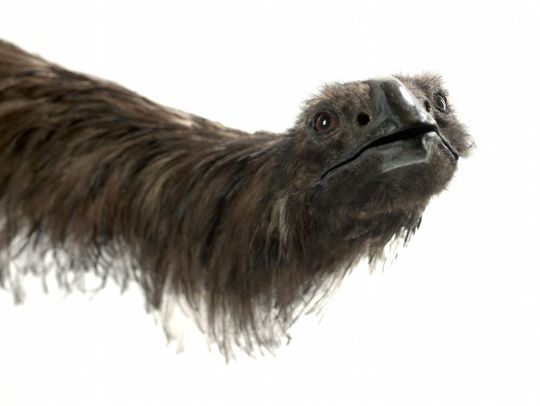
A reconstruction of a female coastal moa (Euryapteryx curtus), also called the broad-billed or stout-legged moa, built for the Museum of New Zealand Te Papa Tongarewa in 2006. [x]
Adult females of this species could be over twice the size of adult males. Individuals from the southern part of the country were larger and more robust than those from the north.
This moa species also had an elongated windpipe similar to some modern-day swans and cranes, suggesting it could make loud, resonating calls: "The windpipe included a loop up to one metre long that ran downwards inside the left side of the body, and across to the other side before it doubled back on itself to the breast and into the lungs." [x]
Simulated call of a coastal moa:
11K notes
·
View notes
Text
I went to Auckland museum finally got to see some moa skeletons! I literally couldn’t talk, I love them so much. I think my reflection in the glass says it all lol
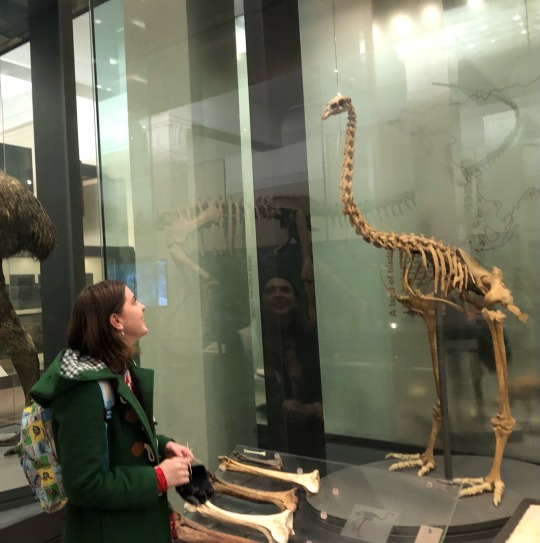
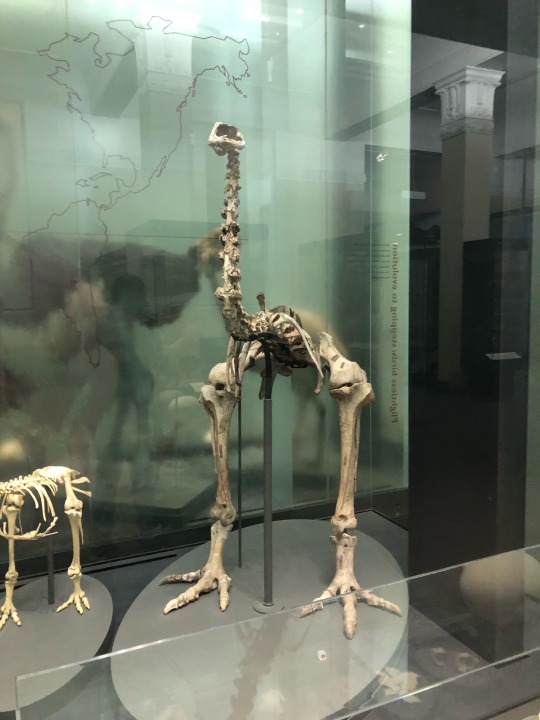
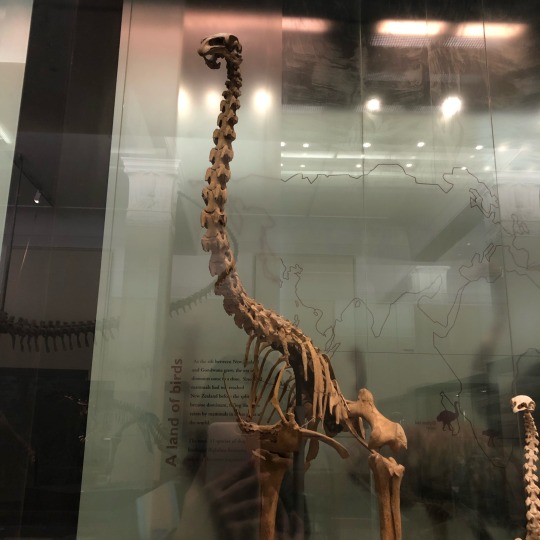
Also just look at this fucken cowboy!!!

3K notes
·
View notes
Text

A juvenile Giant moa, Dinornis robustus
68 notes
·
View notes
Photo

juvenile haast eagle learning to hunt finds out prey usually fights back (inspired by the footage of the juveline harpy eagle failing to catch a sloth)
451 notes
·
View notes
Text

A series of designs I made based on October art prompts, all designs I'm not keeping are available here.
Available are
- Kobold Rogue ($25)
- Moa Harpy ($25)
- Wild Goblin ($30)
- Kinstugi Kappa ($25)
- Satyr Squire ($30)
Stoat Centaur has been claimed:
Futakuchi-Onna/Hair Girl has been claimed.
First come first serve, comment or message me to claim, rather proud of all of them so I hope they find good homes!
#adopts#adoptable#character adopt#oc adopt#monster girl#oc#monster#original character#creature design#monstergirl#kobold#dinosaur#knight#squire#moa#moa bird#harpy#harpy oc#goblin#goblin girl#goblincore#goblin art#gobtober2023#gobtober#kappa#samurai#kintsugi#yokai#japanese folklore#satyr
13 notes
·
View notes
Text

Took a stab at drawing a giant Moa!
#moa#Moa bird#new zealand#extinct animals#fossil friday#bird#illustration#art#drawing#painting#procreate#animal art#artist on tumblr
12 notes
·
View notes
Text
me on a picnic with a cassowary and a tinamou, sobbing into my hands: you’re all I have left of her
#this post is about dinornithiformes my beloved#moa!!!!!#moa bird#cassowary are the closest extant ecological equivalent to moa#and tinamou are the closest living relative#dinornithiformes my beloved
1 note
·
View note
Text

Dodo and South Island Moa
7 notes
·
View notes
Text




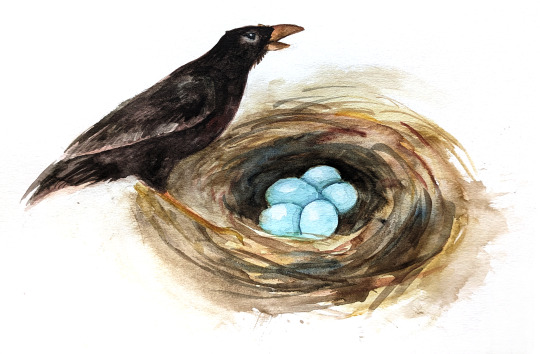
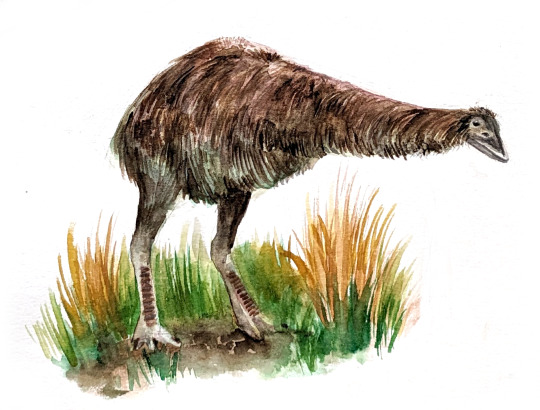
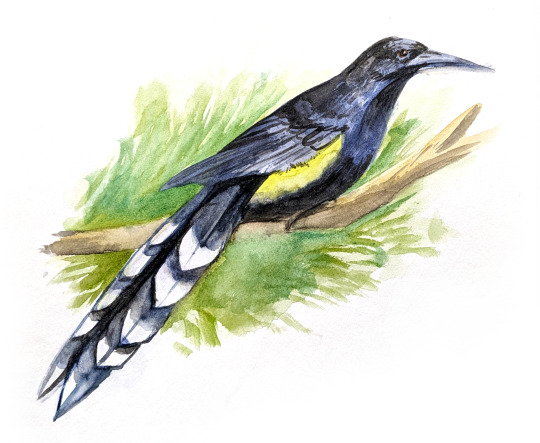
Oh, extinct birds, how I love you and miss you.
In order:
White swamphen (Porphyrio albus), native to Lord Howe Island
Huia (Heteralocha acutirostris), native to Aotearoa New Zealand
Dodo (Raphus cucullatus), native to Mauritius
Laughing owl (Ninox albifacies), native to Aotearoa New Zealand
Mysterious starling (Aplonis mavornata), native to Mauke
North Island giant moa (Dinornis novaezealandiae), native to Aotearoa New Zealand
O'ahu 'ō'ō (Moho apicalis), native to O'ahu
[Image IDs in alt text.]
#extinction#extinct animals#extinct birds#watercolor#scientific illustration#white swamphen#huia#dodo#laughing owl#mysterious starling#giant moa#'o'o#artaneae
153 notes
·
View notes
Text
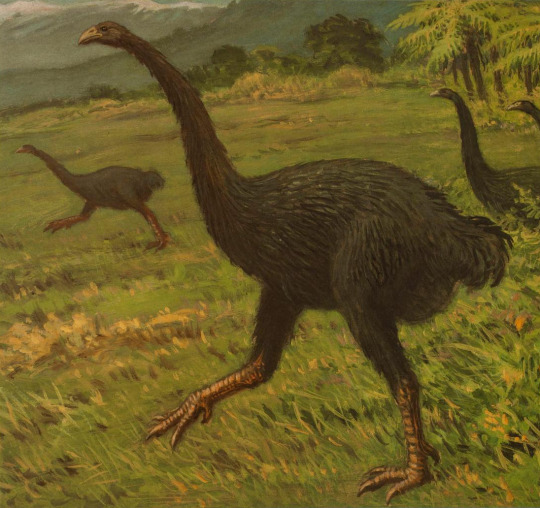
Moa reconstruction painted by Charles Knight. From Terra: The Member's Magazine of The Natural History Museum of Los Angeles County. Volume 28, No. 4. June/July/August 1990.
Internet Archive
552 notes
·
View notes
Text
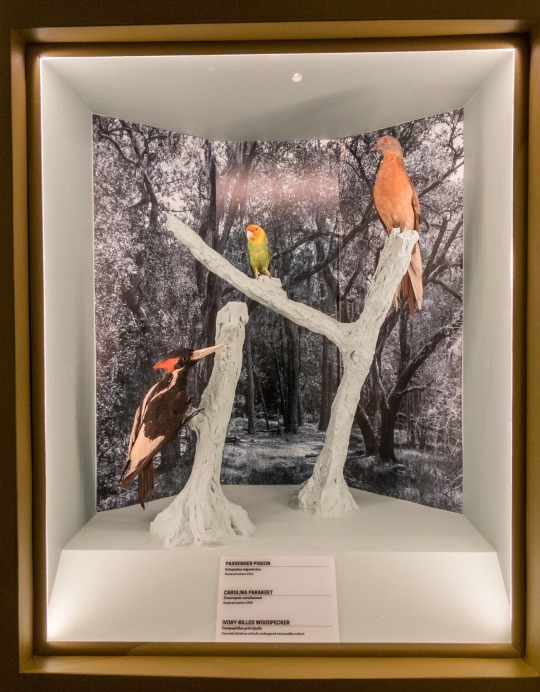


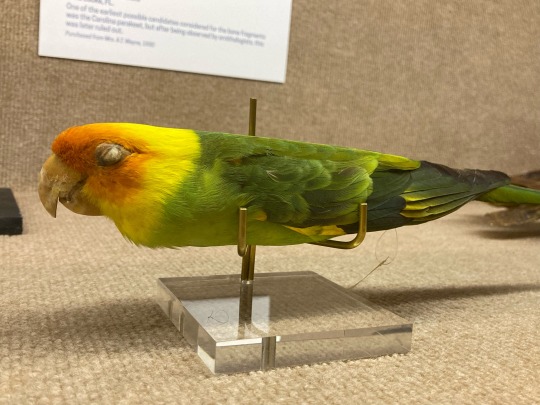
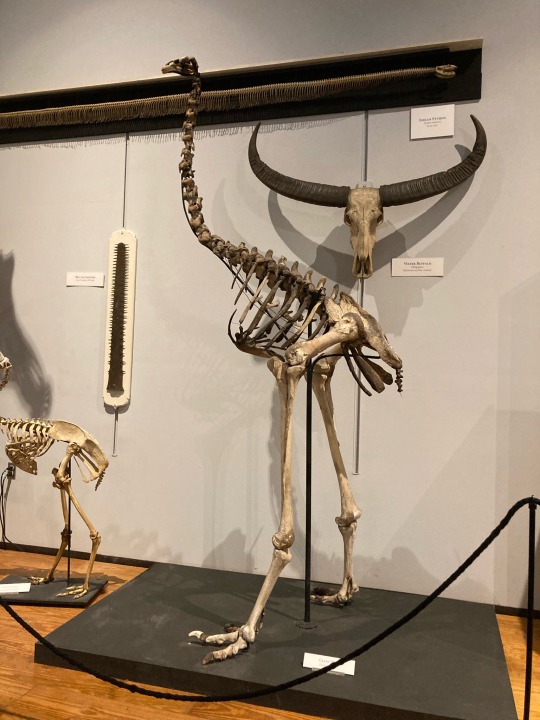
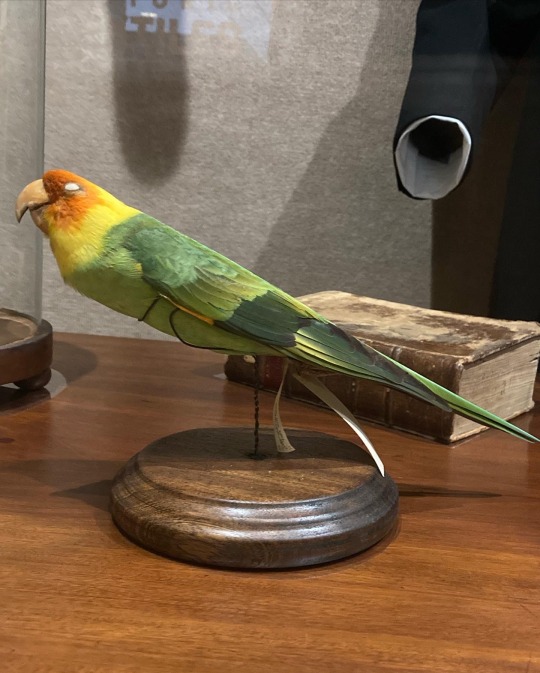

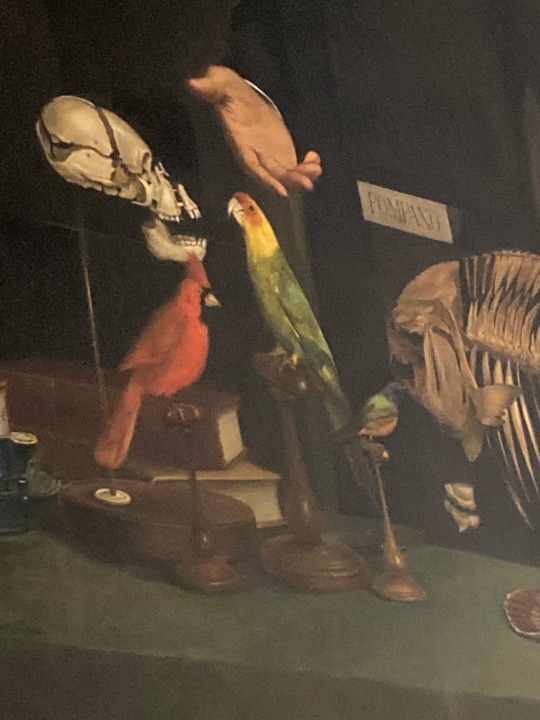
Founded in 1773, South Carolina’s Charleston Museum proudly holds the title of oldest museum in America. During the course of that long history, the museum had the opportunity to acquire a number of specimens of now-extinct birds. Displays are changed out on a rotating basis, but at the moment there are three Carolina Parakeets, two Passenger Pigeons, two Ivory Billed woodpeckers, a Bachman’s Warbler (with nest), and a South Island giant Mia skeleton on public view (plus a couple of other parakeet appearances around the museum). Well worth a visit if you happen to find yourself in South Carolina.
#extinct birds#recently extinct#carolina parakeet#passenger pigeon#ivory billed woodpecker#bachman’s warbler#moa#museum tag
286 notes
·
View notes
Text
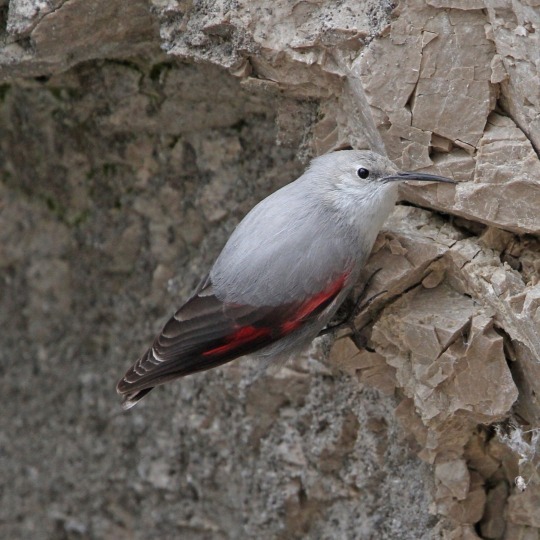

Remember to read about the contestants before voting!
Wallcreeper
As it’s name suggests, the wallcreeper creeps along rock faces. It’s the only member of its family, the Tichodromidae, as well as the only one of its genus. They are quite tame, although they get nervous if they’re being watched. When not in breeding season, they often aggressively defend their feeding territories. They eat most of their insect diet from the faces of rocks, and will sometimes take flight to chase after a delicious insect morsel for a short distance. Theyre hard to spot, but when you do spot them, they are quite reminiscent of a butterfly arent they? Learn More!
Moa
The giant moa bird, a bird said to have lived on the island of New Zealand. They were the main food source for the Haast’s Eagle, a huge bird of prey. But, they are also a cryptid as well… even though they were extinct long before Europeans arrived, there have been many tales and “sightings” of this mysterious and large bird. It’s probable that the Moa bird went extinct within 100 years of contact with humans, and so too did the Haast’s Eagle go extinct when it’s main source of food died out. Learn More!
(Wallcreeper photo by Christoph Moning)
(Moa illustration by Dana Franklin)
400 notes
·
View notes
Text

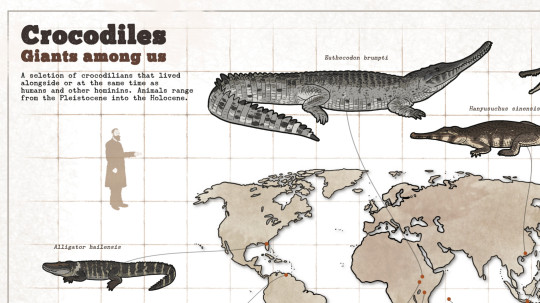
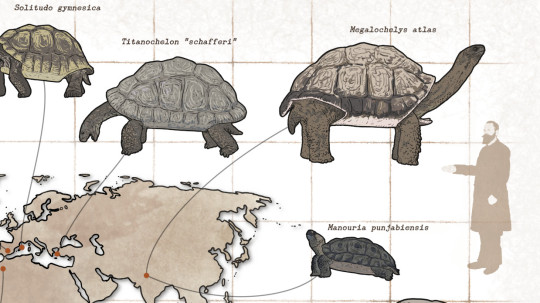


Some of my works appear on @252mya, this series is a recent contribution. On 4 posters I explored the diversity of several groups during the Pleistocene into the Holocene. Birds, Tortoises, Crocodiles and Elephants were the subjects of these initial posters, more might be added in the future.
It is Incredible to see how much megafauna we JUST missed.
#paleoart#sciart#birds#tortoise#turtle#elephant#fossils#pleistocene#ice age#extinction#among us#megafauna#mammuth#mammut#crocodile#mastodon#moa
519 notes
·
View notes
Photo

fluffy heretic
||Source||Artist Credit: Moa/Hatoking||
173 notes
·
View notes
Text
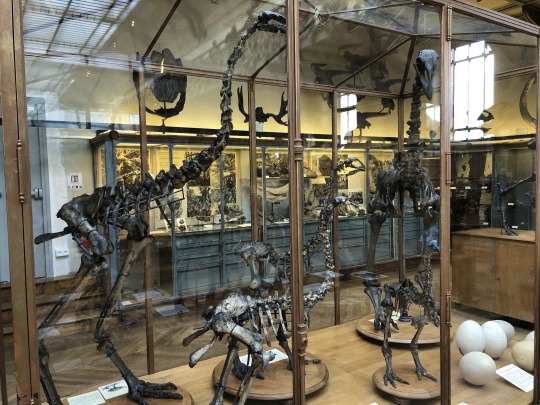
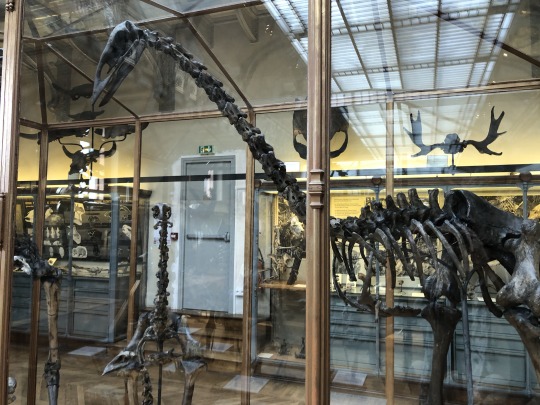
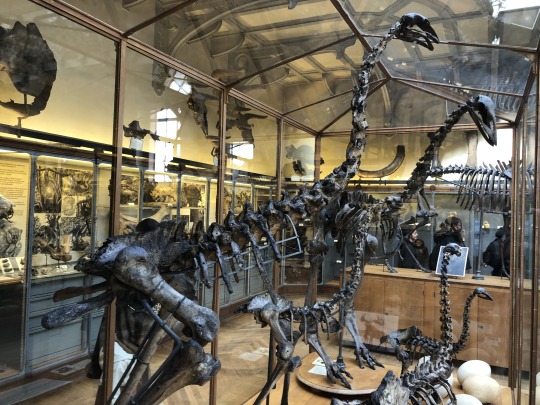
Giant birds! The tallest of them is a giant moa, but I don't remember the identity of the others.
267 notes
·
View notes